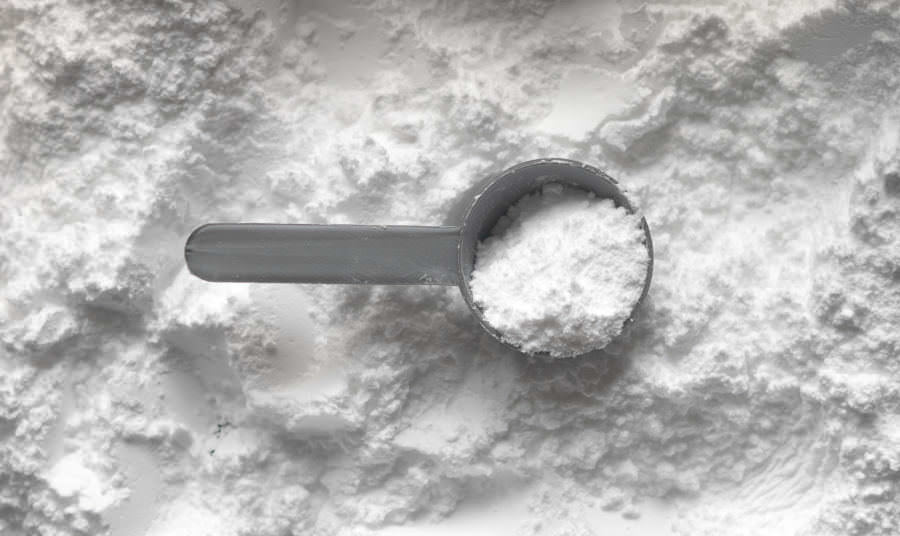Magnesium hydroxide surface modification method

As an environmentally friendly inorganic chemical product, magnesium hydroxide has the advantages of high thermal decomposition temperature, good adsorption capacity, and high activity. It is widely used in aerospace, environmental protection, flame retardants and other fields.
Magnesium hydroxide is not conducive to the preparation of composite materials due to its physical surface characteristics. Therefore, improving the physical, chemical or mechanical properties of magnesium hydroxide through surface modification methods is the direction of many scholars’ efforts.
1. Dry modification
Dry modification means that magnesium hydroxide is in a dry state during the modification process. Ye Hong et al. used silanes as the research method of dry modified magnesium hydroxide, and added them to EVA to make composite materials after modification. This method significantly improved the dispersion and compatibility of the product.
2. Wet modification
Wet modification refers to the dispersion of magnesium hydroxide through a solvent before modification.
3. Hydrothermal method
The hydrothermal method is a method of changing the system environment by heating in a water environment.
4. Microencapsulation coating method
The zinc hydroxystannate prepared by the uniform precipitation method was successfully wrapped on the surface of magnesium hydroxide, and the flame retardancy of the material prepared by adding it to the polymer was improved.
5. Surface graft modification
At present, magnesium hydroxide modification technology is still in a state of flourishing, and seeking better and more effective modification methods is still a hot spot in the industry.
